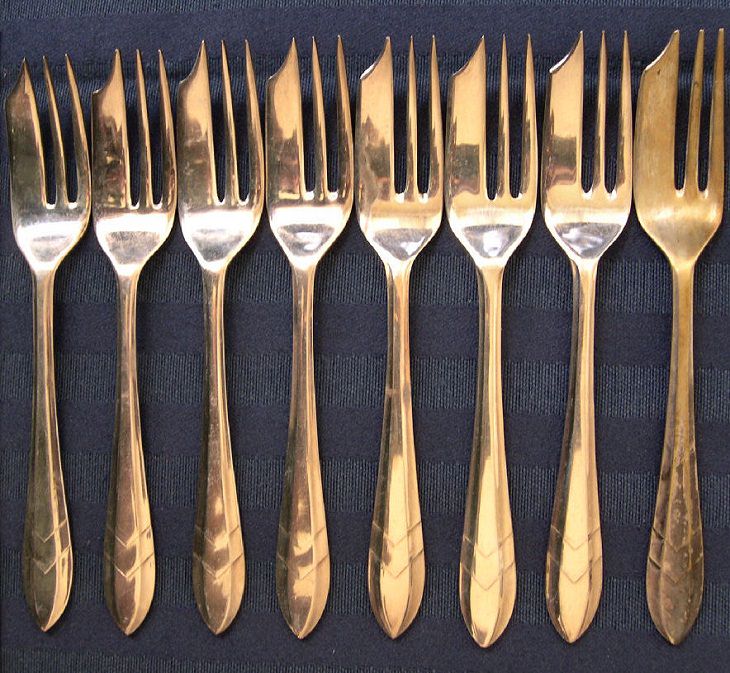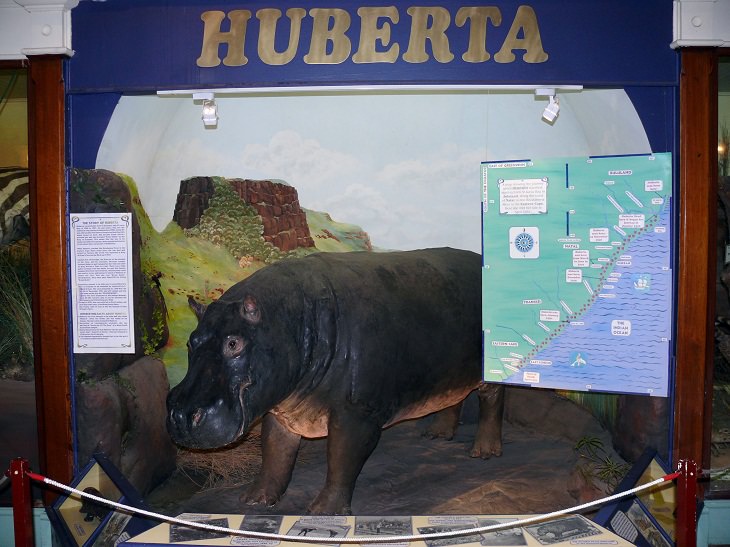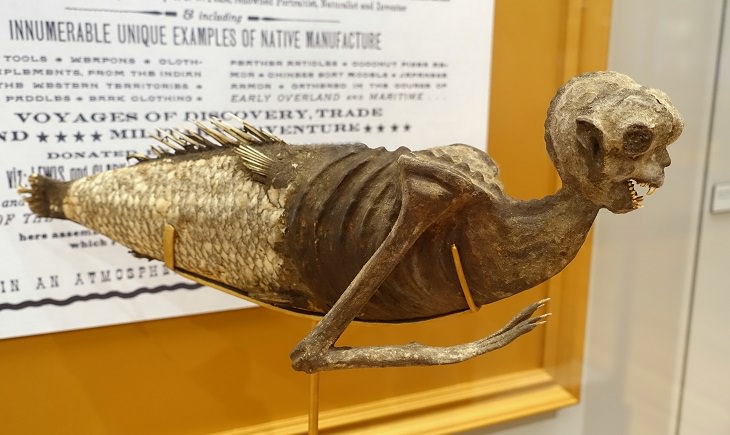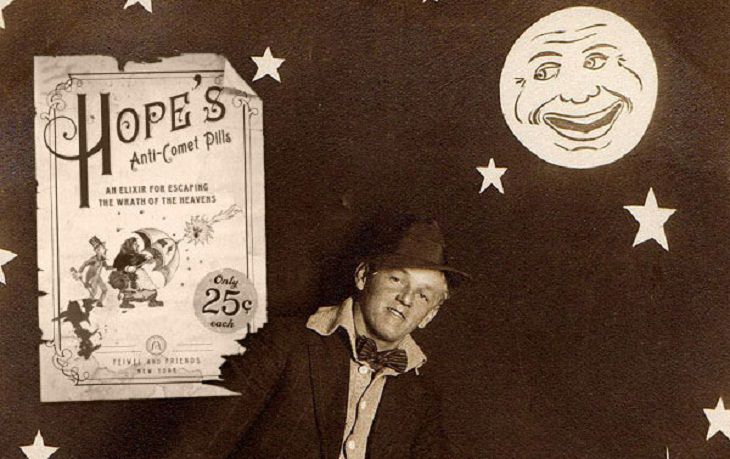History is replete with some famous animals who left an indelible mark on people’s minds. However, it isn’t often that you would find a hippo on such a list of animals. Huberta, the hippo, spent three years walking over a thousand miles across South Africa and went on to become a national icon and a symbol of hope in a time of depression in the 1930s.
No one really knows why Huberta started walking south in 1928. Many believed that she was looking for a lost mate and several others were convinced that she was on a pilgrimage to the places of her ancestors. We never got to know the truth, but Huberta kept walking until 1931 and kept gathering fame and acclaim wherever she went. It is estimated that Huberta traveled more than a thousand miles (1609 km) over the years, crossing various ponds, watering holes, forests, and fields on her journey.
Unfortunately, the lovable hippo was shot and killed by farmers a month after arriving in East London in 1931. The farmers were eventually arrested and fined, and Huberta’s body was preserved in the Amathole Museum in Eastern Cape, South Africa.
2. The Feejee Mermaid
The Feejee Mermaid (also known as the Fiji Mermaid and FeJee Mermaid), was a hoax propagated by P.T. Barnum, an American showman, during the 1840s. The Feejee Mermaid was exhibited in New York, Boston, and London and fascinated audiences throughout the nineteenth century.
These fake mermaids had the upper bodies of apes sewn to fishtails and looked like a rather creepy creature. Many also believed during the time that it was an orangutan and a salmon. In his autobiography, Barnum described the mermaid as "an ugly dried-up, black-looking diminutive specimen, about 3 feet long. Its mouth was open, its tail turned over, and its arms thrown up, giving it the appearance of having died in great agony."
The Feejee Mermaid helped escalate Barnum's career as the 'mermaid fever’ spread everywhere. Curiously, though, the whereabouts of the mermaid are unknown since 1859. However, her memory lives on in popular culture.
3. The island of New Atlantis
“There’s no law that says you can’t start your own country.” This is what Leicester (pronounced “Lester”) Hemingway (younger brother of novelist Ernest Hemingway) told The Washington Post in 1964. Amazingly, he did exactly that on July 4, 1964, when he created an “island” named New Atlantis. Leicester anchored a bamboo raft to a Ford engine block in 15 meters (50 ft) of water and declared the island as his own country. The site was located on a shallow ocean bank 13 kilometers (8 miles) southwest of Jamaica and was named the Republic of New Atlantis.
Leicester soon informed the press that he had taken possession of half the “island” on behalf of the United States government under the authority of the US Guano Islands Act of 1856. Guano (bird excrement) was a valuable commercial fertilizer in the nineteenth century and there was mad scrambling among Western nations at that time to lay claim to uninhabited areas having guano deposits. The remaining half of the island was to be used for the population of New Atlantis.
In February 1965, Leicester was voted president of the island by seven voters (all of whom had been chosen by Leicester himself). New Atlantis even had a brand new flag, made by Leicester’s wife, along with stamps made by its residents. The micronation even had its own constitution which was copied from the US Constitution.
Unfortunately, Leicester’s dream of owning his own country didn’t last long as New Atlantis sank into the sea during a terrible storm in 1966. Many artifacts from New Atlantis can still be found at the Harry Ransom Center at the University of Texas in Austin, Texas.
4. Orchidelirium
Orchids are beautiful, aren’t they? But do you know that during the 1800s, orchids triggered a widespread craze among the elites? Back in those days, orchids were for the rich, even royalty, and they paid thousands of dollars to collect exotic varieties of orchids and this phenomenon was dubbed "orchidelirium".
"When a man falls in love with orchids, he'll do anything to possess the one he wants. It's like chasing a green-eyed woman or taking cocaine... it's a sort of madness," declares an orchid hunter in Susan Orlean’s bestselling book The Orchid Thief. This is exactly what had happened at the time, as the fascination for collecting the flowers erupted into hysteria. Many even hired special “hunters” to track down undiscovered varieties in the wild so that they could display the flowers proudly in their private greenhouses. Explorers also deliberately spread misinformation about the locations of any new orchids to deceive other hunters.
Today, a few of these orchid species are endangered, and collecting these precious flowers from the wild has been banned.
5. The Salem Tomato Trial
We’ve all heard of the infamous Salem witch trials, but have you heard of the Salem tomato trial? Up until the end of the eighteenth century, physicians warned against eating tomatoes as they believed it caused various diseases. Such was the prejudice against the fruit that by 1820, they were put on trial in Salem, New Jersey, for being poisonous!
Only one person, Colonel Robert Gibbon, refused to believe this theory. Gibbon had brought the tomato home from abroad in 1808 and to persuade residents to be less fearful of the fruit, he introduced tomato-growing competitions. But once the trials commenced, Gibbon was highly annoyed and decided to take matters into his own hands. On September 26, 1820, he stood on the steps of the Salem courthouse, and confidently consumed an entire basket of tomatoes without suffering any side-effects. With that one act, the colonel made people realize that this fruit was a precious gift of nature.
Tomatoes were hence exonerated and eventually found their way into millions of gardens around the world.
6. Anti-Comet Pills
On May 6, 1910, when Halley’s comet approached Earth, England’s King Edward VII died as well. Strangely, however, many people believed that the death of the king was brought about by the evil comet. The British felt it was an omen of a coming invasion by the Germans and the French believed it was responsible for flooding the Seine.
The superstitions began spreading far and wide and even though astronomers tried to dispel the fears, soon there was public anxiety that a gas discovered in the comet’s tail, cyanogen, would destroy all life on the planet. One worried man wrote to the Royal Observatory that Halley’s comet would “cause the Pacific to change basins with the Atlantic, and the primeval forests of North and South America to be swept away by the briny avalanche over the sandy plains of the great Sahara, tumbling over and over with houses, ships, sharks, whales and all sorts of living things in one heterogeneous mass of chaotic confusion.” All of this fear-mongering eventually led to people buying gas masks and even “Anti-Comet Pills”.
Two men from Texas were caught selling sugar pills at abnormally high prices to gullible people. When the authorities arrested them, people began rioting as they demanded more anti-comet pills. Things cooled down as Earth passed through the comet’s tail on May 19, 1910, without being inflected with any damage. People were dancing on the streets, believing they’d survived a near apocalypse.
The next predicted appearance of Halley's Comet is 28 July 2061.
7. When using forks was considered sacrilegious

Forks are an everyday part of so many of our lives. You would be surprised to know, however, that using forks was once looked down upon. Back in the 11th century, forks were widely considered to be sacrilegious and even blasphemous. They were thought to be “artificial hands” and seen as an offense to God.
During those days, eating with anything other than your fingers was considered impolite. Hence, when a Byzantine princess brought a bunch of forks with her to her husband’s Venetian household in 1004, there was great hue and cry. Unfortunately, the princess died shortly after settling into the house and it was widely believed that it happened because she had insulted her husband’s household. There’s another curious version of the tale that says the princess used a fancy golden fork at her wedding reception and died of the plague a few days later.
Superstition against the use of forks continued well into the 16th century and people generally ate with their hands or picked up food by using knives. It was only by the 19th century when forks began being used commonly everywhere.
Liked this post? Share it with others...







